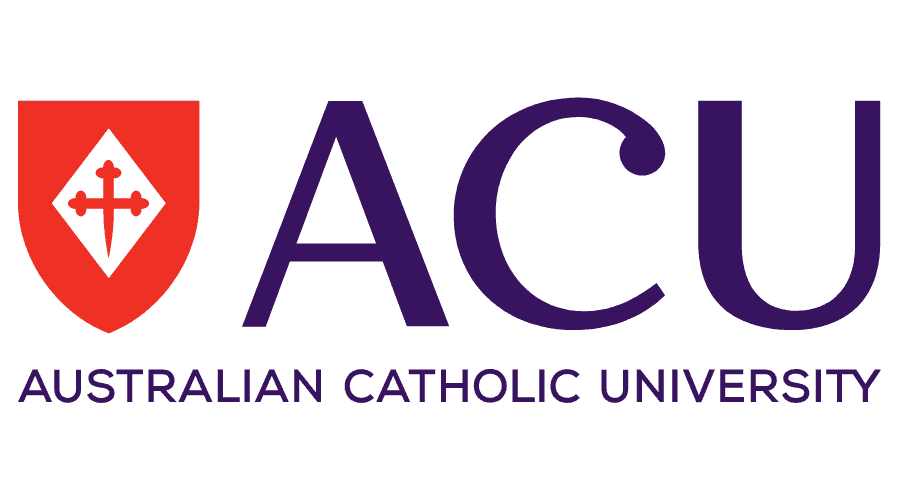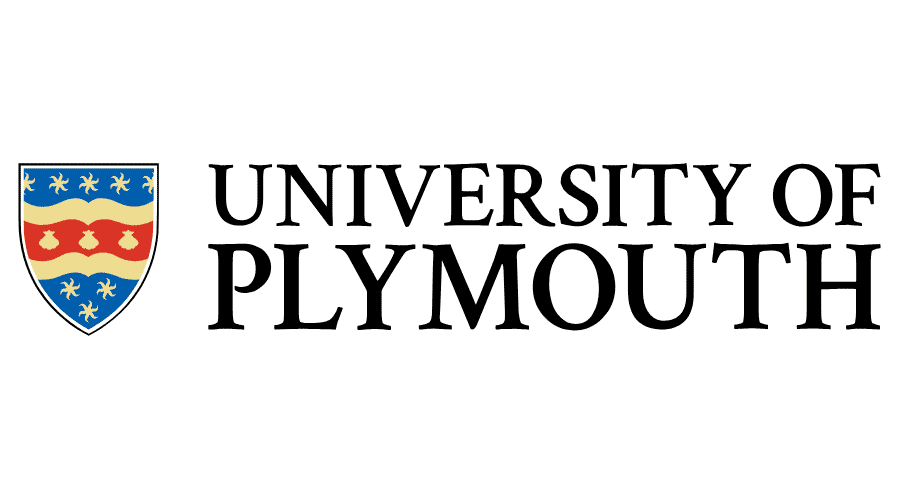Teaching: Pursue Your Passion for Education Abroad
Embark on a Rewarding Journey in Global Education
If you have a passion for shaping young minds and fostering learning environments, studying Teaching abroad can be a transformative experience. As an Indian student, pursuing a degree or certification in Teaching opens doors to international teaching methodologies, diverse classroom settings, and enhanced career prospects. Whether you aspire to become a school teacher, educational consultant, or curriculum developer, programs abroad equip you with globally recognized qualifications that stand out in competitive job markets both in India and worldwide.
From innovative pedagogies in Western countries to community-focused education in Asia, studying Teaching abroad allows you to immerse yourself in cultures that value education highly. You'll gain hands-on experience through placements, learn inclusive teaching strategies, and understand how to address diverse learner needs. For Indian students, this not only boosts your resume but also helps bridge the gap between traditional Indian education systems and modern global standards.
With the global demand for qualified teachers rising—especially in subjects like English, STEM, and special education—now is the perfect time to explore opportunities abroad. This page guides you through everything you need to know about Teaching programs tailored for international students like you.
Why Study Teaching Abroad as an Indian Student?
Studying Teaching abroad offers unique advantages that go beyond what you might experience in India. Global exposure is key: you'll learn from world-class educators and adapt to multicultural classrooms, preparing you for India's increasingly diverse educational landscape.
- Advanced Curriculum: Programs abroad emphasize research-based teaching, technology integration (like AI in classrooms), and child psychology, which are often limited in Indian institutions due to resource constraints.
- Practical Experience: Many courses include mandatory internships or student teaching placements in real schools, giving you invaluable on-the-ground experience that employers value highly.
- International Certification: Degrees from accredited universities abroad often lead to qualifications like PGCE (Postgraduate Certificate in Education) or B.Ed. equivalents, recognized by bodies like the NCTE in India.
- Cultural Exchange: As an Indian student, you'll bring unique perspectives from India's vast educational diversity, enriching class discussions and building a global network.
- Career Boost: Returning to India with foreign credentials can fast-track you into prestigious roles in international schools, edtech firms, or government positions.
Moreover, abroad programs often focus on inclusive education, addressing challenges like those faced by underprivileged students in India. Financially, while initial costs may seem high, scholarships and part-time teaching gigs can offset expenses. The sense of independence and adaptability you'll gain is priceless, helping you thrive in any educational setting.
Popular Destinations for Teaching Programs
Choosing the right destination depends on your budget, language preferences, and career goals. For Indian students, countries with English-medium instruction, strong Indian diaspora communities, and post-study work visas are ideal. Below is a table highlighting top destinations, program highlights, and approximate costs (in INR, for a 1-2 year program, excluding living expenses).
| Country | Key Universities/Programs | Duration & Focus | Approx. Tuition (INR) | Why for Indian Students? |
|---|---|---|---|---|
| United Kingdom | University of Cambridge, UCL Institute of Education | 1-year PGCE; Emphasis on research and inclusion | 15-25 lakhs | Short programs, English-taught, easy visa for Indians; strong ties with Indian schools |
| Australia | University of Melbourne, Monash University | 2-year Master of Teaching; STEM and special ed focus | 20-30 lakhs | Post-study work visa up to 4 years; multicultural environment similar to India |
| Canada | University of Toronto, UBC | 1-2 years B.Ed./M.Ed.; Bilingual options | 18-28 lakhs | Affordable living, scholarships for internationals; pathways to PR for teachers |
| USA | Harvard Graduate School of Education, Stanford | 1-2 years M.Ed.; Leadership and innovation | 25-40 lakhs | High employability; optional practical training (OPT) for work experience |
| New Zealand | University of Auckland, Victoria University | 1-year Graduate Diploma in Teaching; Practical placements | 15-22 lakhs | Safe, student-friendly; teacher shortages create job opportunities |
These destinations offer a mix of affordability and prestige. For instance, the UK's PGCE is highly regarded in India for its rigor, while Australia's programs provide extended work rights, appealing to those planning long-term stays.
Types of Teaching Programs Available
Teaching programs vary by level and specialization, allowing you to choose based on your background. Most are designed for fresh graduates or those with some teaching experience.
- Bachelor of Education (B.Ed.): Ideal for beginners, this 4-year undergraduate program covers foundational teaching skills, classroom management, and subject-specific methods. Popular in Australia and Canada.
- Master of Education (M.Ed.): A 1-2 year postgraduate option for those with a bachelor's degree. Focuses on advanced topics like educational policy, assessment, and leadership. Suited for career advancement.
- Postgraduate Certificate in Education (PGCE): A one-year professional qualification in the UK, combining theory with school placements. Equivalent to India's B.Ed. for teaching eligibility.
- Specialized Certifications: Short courses (6-12 months) in TESOL (Teaching English to Speakers of Other Languages), Special Education, or Early Childhood Education. Great for quick entry into the job market.
- Online/Hybrid Programs: Flexible options from universities like those in the US, allowing you to study remotely while gaining practical experience in India.
Specializations such as STEM education or inclusive teaching are increasingly popular, addressing global needs and India's push for quality education under NEP 2020.
Entry Requirements for Indian Students
Admission to Teaching programs is competitive but accessible for motivated Indian applicants. Most require:
- Academic Qualifications: A bachelor's degree with at least 50-60% marks (equivalent to 2:1 or GPA 3.0/4.0). For B.Ed., 10+2 with good scores in relevant subjects.
- English Proficiency: IELTS (6.5+ overall) or TOEFL (90+). Some universities waive this for Indian students from English-medium schools.
- Entrance Exams: GRE/GMAT for US M.Ed. programs; subject-specific tests like Praxis in the USA for certification.
- Personal Statement & References: A 500-1000 word essay on your teaching passion, plus 2-3 academic references. Highlight any volunteering or tutoring experience in India.
- Interviews: Often virtual; prepare to discuss educational philosophies and cultural adaptability.
Visa requirements include proof of funds (around 10-15 lakhs INR), health insurance, and a genuine student intent. Indian students should apply 6-12 months in advance to meet deadlines.
Scholarships and Financial Aid
Funding your studies is crucial, and many options exist for Indian students. Key scholarships include:
- Commonwealth Scholarships (UK/Australia): Covers full tuition for meritorious students from India.
- DAAD Scholarships (though more for Germany, adaptable for education): Partial funding for master's programs.
- University-Specific Aid: Like the University of Toronto's international scholarships (up to 50% tuition waiver).
- Indian Government Schemes: ICCR scholarships or Fulbright-Nehru for US programs.
Average living costs range from 8-15 lakhs INR per year, but part-time teaching assistantships can earn you 5-10 lakhs annually.
Career Opportunities After Studying Teaching Abroad
A foreign Teaching degree unlocks diverse paths. In India, you'll qualify for roles in CBSE/ICSE schools, international chains like DPS or Ryan, or edtech like BYJU'S. Salaries start at 4-8 lakhs INR, rising to 15+ lakhs with experience.
Abroad, opportunities include:
- School Teaching: In international schools or public systems (e.g., UK's Teach First program).
- Higher Education: Lecturer roles after further qualifications.
- Non-Teaching Roles: Curriculum designer, educational consultant, or NGO work in child development.
- Global Mobility: Teach English in Asia/Middle East with high demand for Indian educators.
With India's teacher shortage (over 10 lakh vacancies), returning graduates are in high demand, especially in rural and urban reforms.
Tips for a Successful Application
To stand out:
- Research programs aligning with India's NEP for relevance.
- Gain experience through Indian volunteering (e.g., Teach for India).
- Network via LinkedIn with alumni from your target universities.
- Prepare finances early; explore education loans from Indian banks like SBI.
- Consult study abroad experts for personalized guidance.
Conclusion: Shape the Future of Education
Studying Teaching abroad is more than an academic pursuit—it's a commitment to global betterment. As an Indian student, you'll return equipped to innovate in India's education sector, inspiring the next generation. With endless opportunities and supportive communities, take the first step today. Explore our application services and start your journey toward becoming an exceptional educator.





